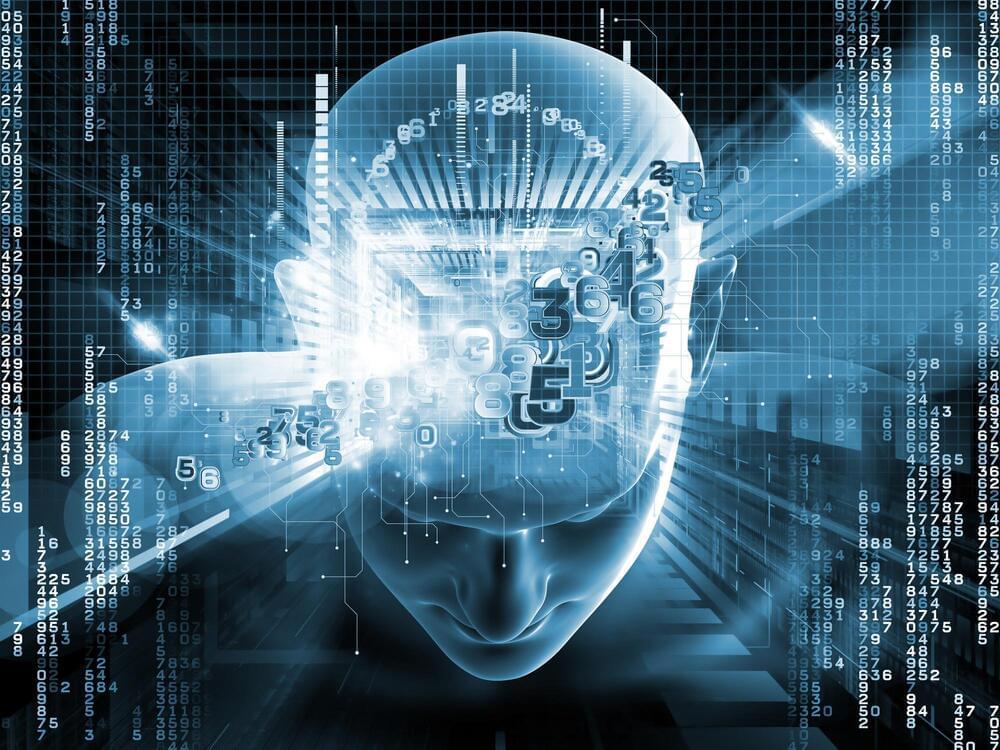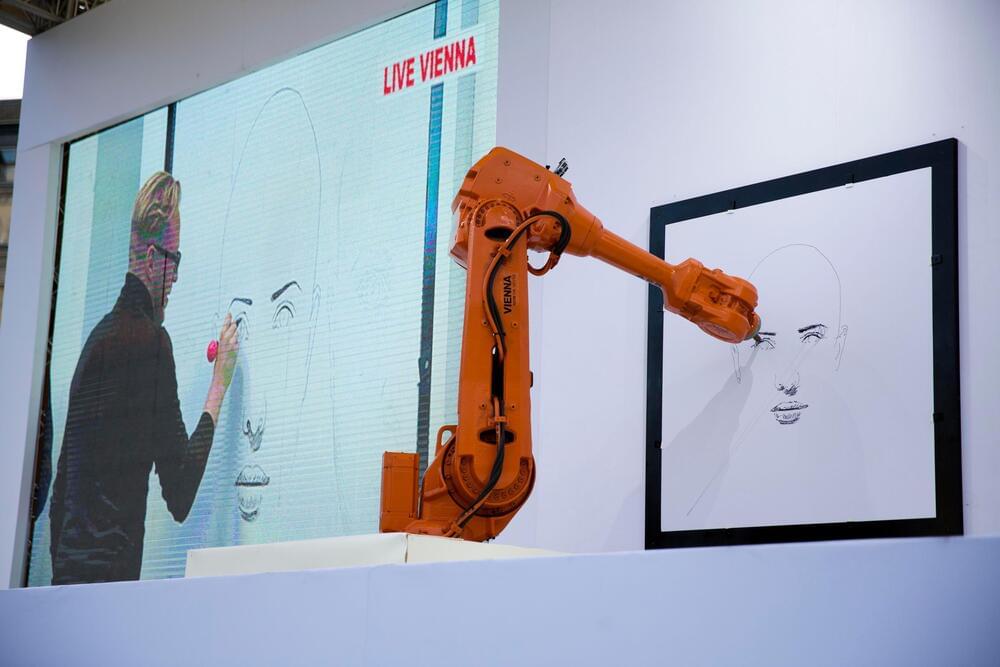The size of an economy is measured by GDP (Gross Domestic Product). GDP is calculated by adding up the value of all goods and services produced within a country’s borders in a given year. This includes the value of goods and services produced by both the government and the private sector. GDP is typically measured in monetary terms, using current market prices for goods and services. GDP is used as a measure of the size and strength of an economy, as well as its overall level of economic activity. It is often used to compare the economies of different countries and to track economic growth over time.
Full Story:
One of the factors limiting the GDP is the number of skilled workers. Can AI usher in an era where that factor is no longer the limitation? This article explores how AI has the potential to increase the GDP and eventually lead to a limitless economy.



